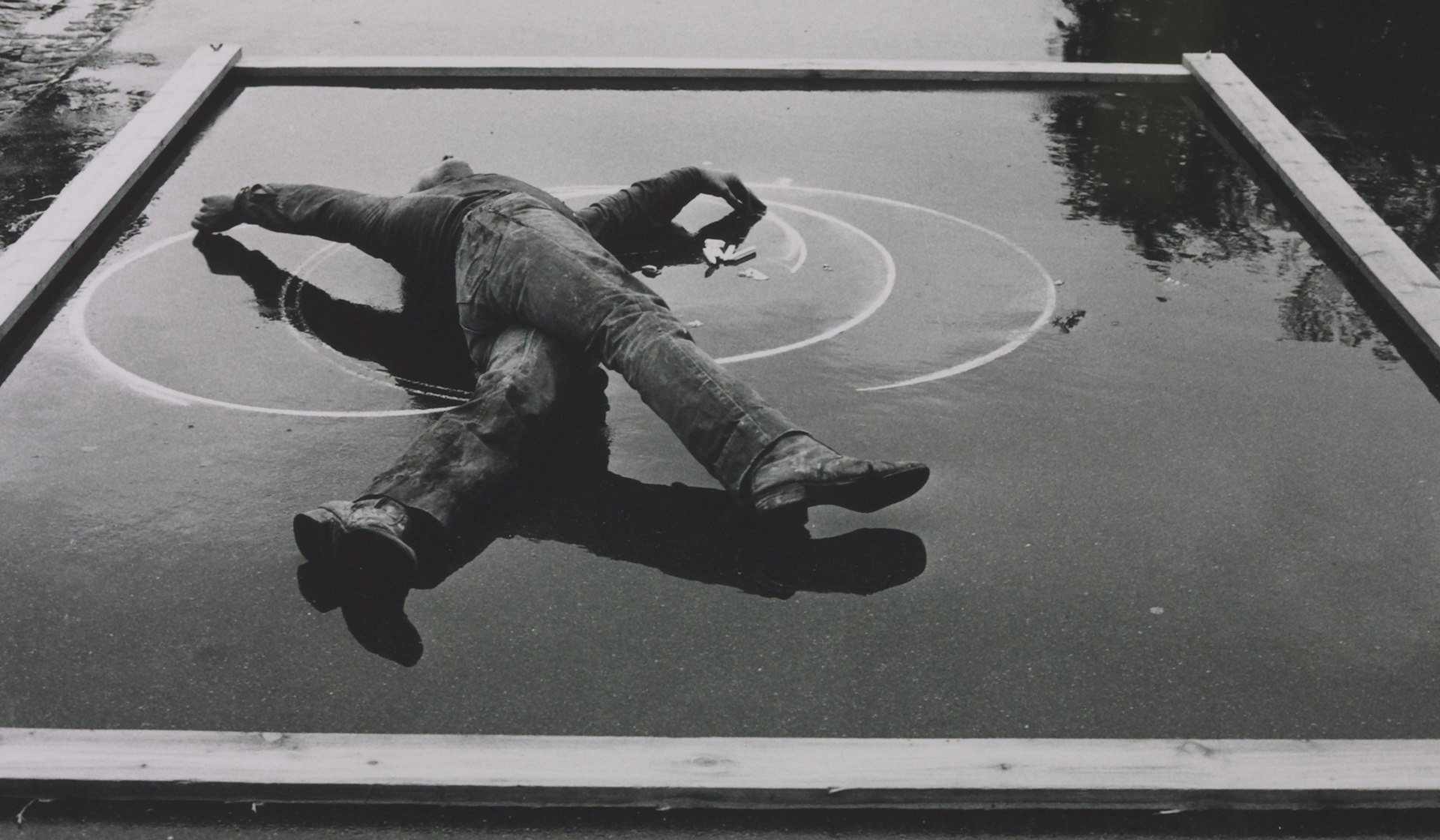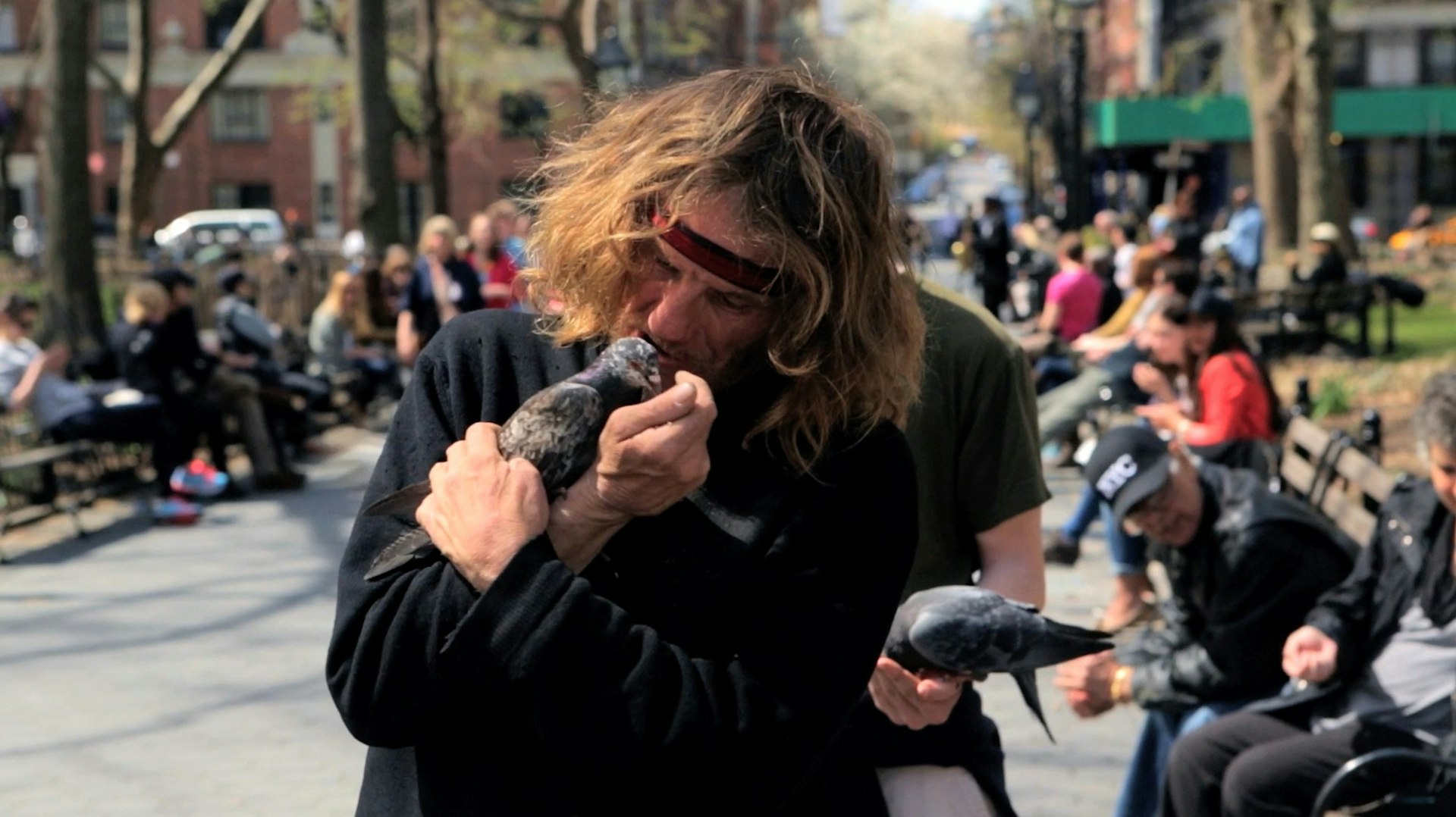
Seven artists, 70 years of social and cultural history
- Text by Robin Nierynck
- Photography by Hayward Gallery - see captions
For History Is Now: 7 Artists Take On Britain, several leading artists took on the task of curating a section of the exhibition, bringing together other artists’ work and their own creative vision to illuminate key moments in British history.
John Akomfrah, Simon Fujiwara, Roger Hiorns, Hannah Starkey, Richard Wentworth and Jane and Louise Wilson assembled over 250 objects from public and private art collections and everyday artefacts, including maps, newspapers, films, and personal diaries.
The topics explored in the various sections range from Cold War, post-Thatcherite society, protest movements and feminism to ‘mad cow disease’, consumerism and celebrity culture.
Provoking new ways of thinking about how we got to where we are today, the exhibition simultaneously reevaluates the nature of art installations and how they convey cultural ideas. Huck spoke to the exhibition’s curator Dr. Cliff Lauson.
Is art a particularly effective medium to reflect on the past? Can it help us understand the future?
Art is never made in a vacuum and reflects the times and society that it was made in. Numerous artworks included in History Is Now explicitly address social change, and many objects selected by the artist-curators are not artworks at all, but historical artefacts. These are all aimed at helping us to recall and to better understand the past, with a view to making more informed decisions about the future.
How does the fact that the artists didn’t use their own work reflect on the exhibition as a whole?
By asking artists to act as curators for the exhibition, they looked outwards to historical artworks and objects that best fit the themes that they were interested in exploring. In some cases this was a highly personal selection and also reflected in the artists’ own practice, but generally speaking their roles were more oriented toward research and selection than production.
As curator, what were the challenges in presenting these diverse artists’ work together? How did you overcome those challenges?
The challenge posed by History Is Now is to look across seven decades of history, a long period of time by any account. This was made more specific and dynamic by inviting artists to explore the ideas, episodes, and themes that they felt were the most interesting ones to explore. The result is a series of moments through time; a number of snapshots rather than an encyclopaedic compendium.
History is Now runs until 26 April, in the Hayward Gallery, London.
